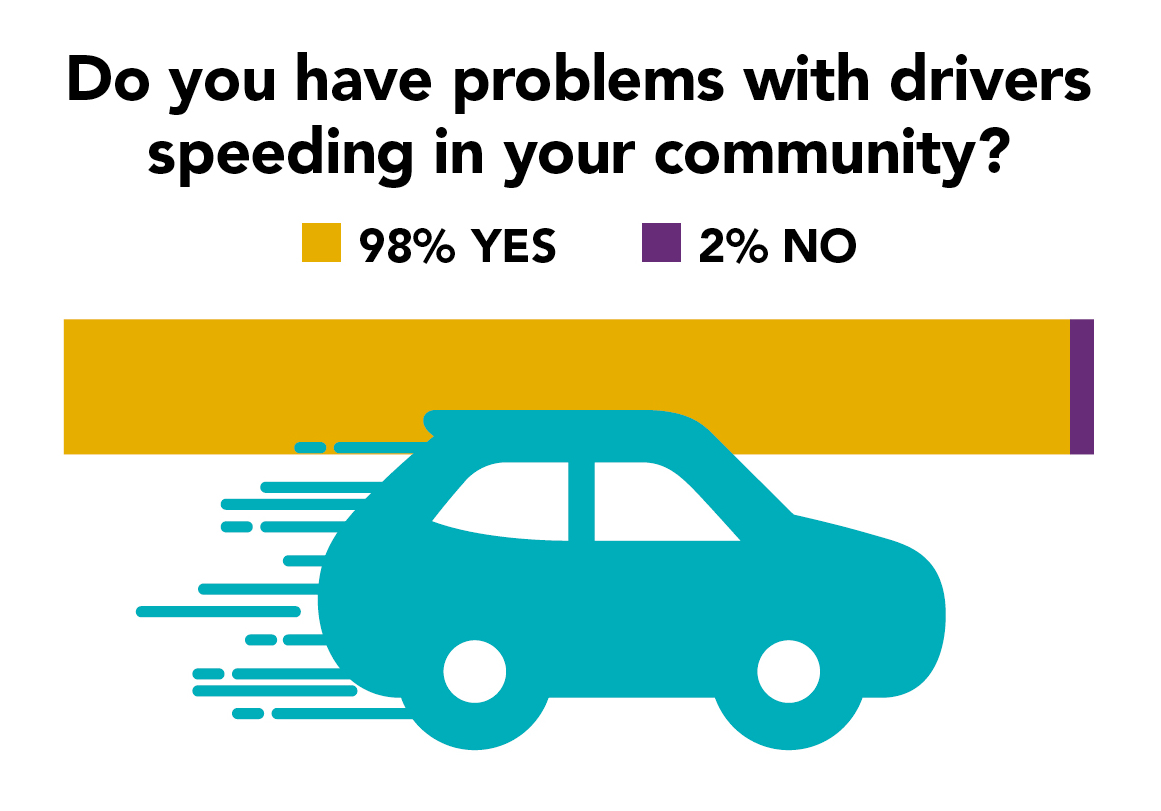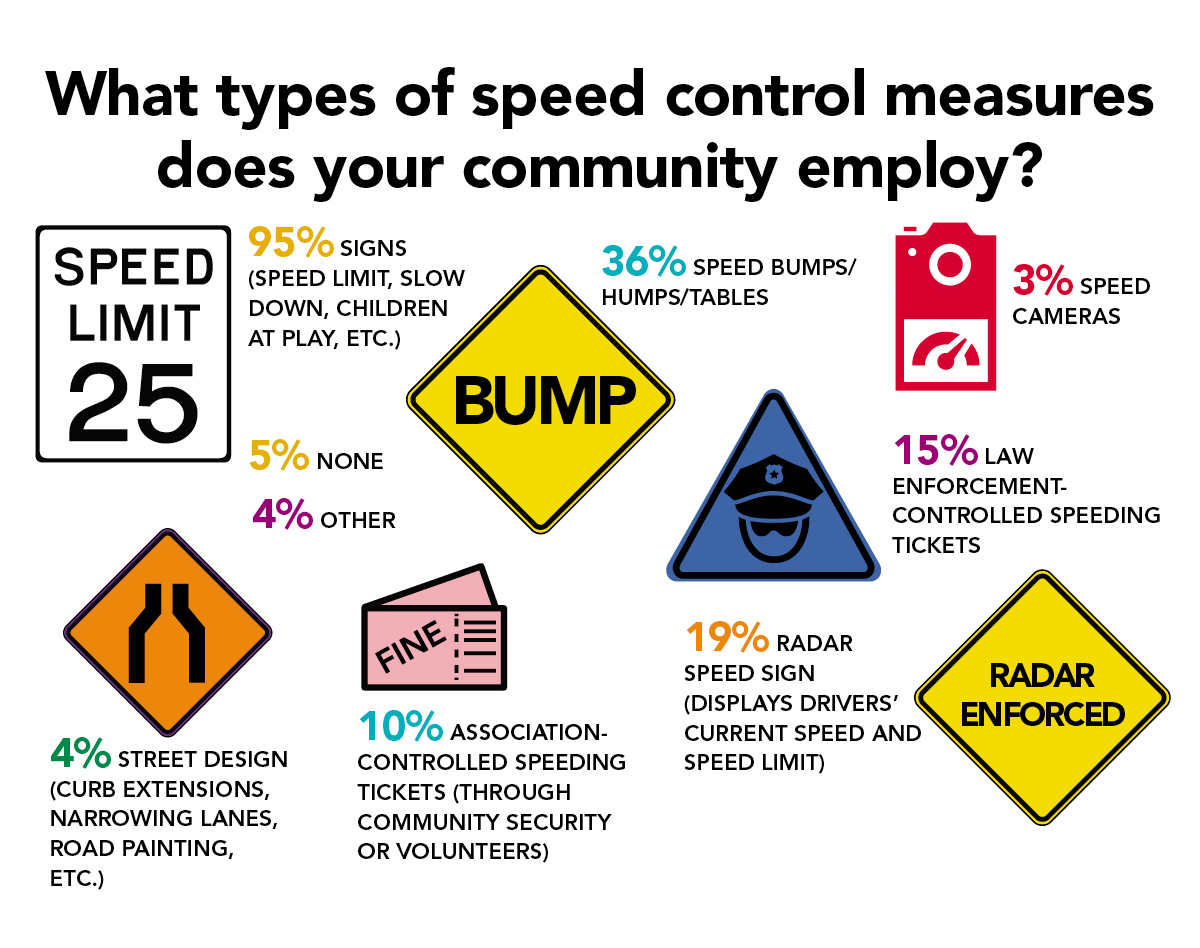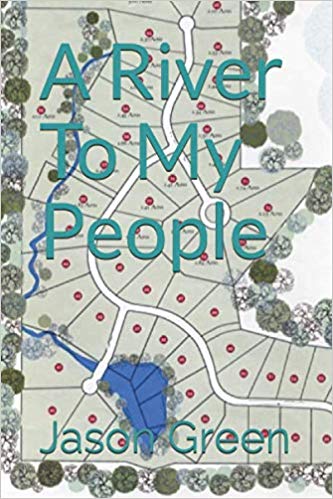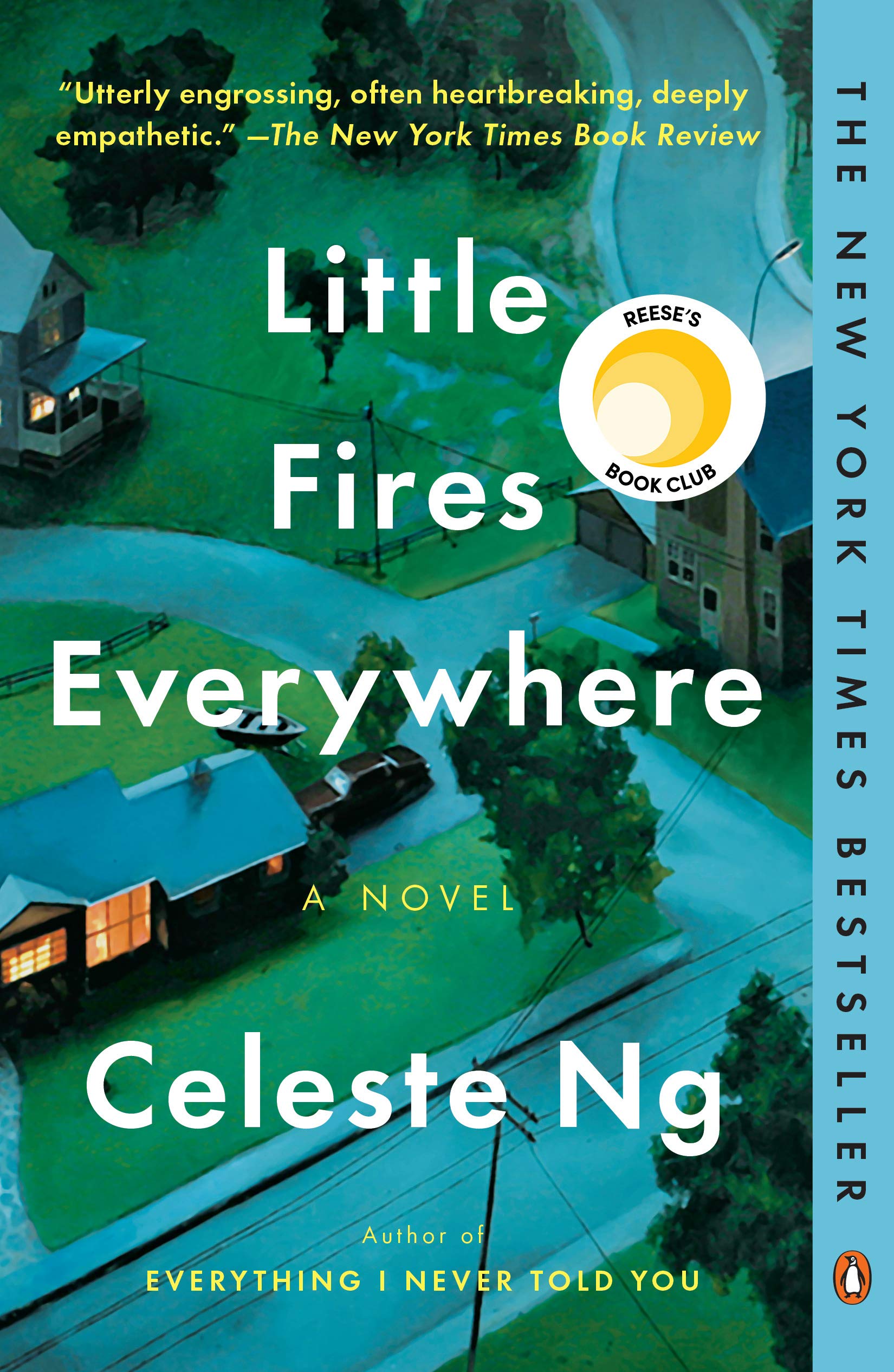By Katie Anderson, CMCA, AMS, PCAM
Community associations have rules and regulations to provide certainty, order, and safety. Regardless of size or shape, every community association should strive to enforce its rules properly. And if they’re necessary and reasonable, they promote community harmony.
The goal is simple for association boards: Follow the rules and enforcement procedures detailed in the governing documents. Yet conflicting views and misaligned expectations can create complications. If your association is too rigid or too flexible, your board can follow a few steps to ensure your governing process is effective and consistent.
Transparency. If the board is to be taken seriously, it needs to be inclusive and transparent. You should hold public board meetings and annual elections, add open forums to agendas for owner feedback, and be available and visible in the community.
Clear guidelines. The governance process typically requires the board to develop policies related to enforcement and fines. It is extremely important that these policies are clear about what happens when a violation exists—from communication steps, grace periods, and the process to request exceptions to what the owner needs to do to reach compliance.
Communication. Different people require different forms of communication. Be dynamic in your approach. Sending a letter meets the requirements in most states for communication, but if compliance is the goal, don’t be afraid to pick up the phone or send a text message. It instills trust between the association and the owner. Additional communication tips include:
- Kind language. The first communication an owner receives about a potential compliance issue should emphasize that it is a courtesy notice and you are just reaching out to help educate them about the guidelines. Offer to discuss the issue in person and be open to answering questions.
- Newsletters. If you’re seeing an increase in a specific violation throughout the community, send out an e-newsletter to educate homeowners on the issue.
- Town halls. If the board is seeing an increase in neighbor-to-neighbor issues or a spike in noncompliance, hold a town hall meeting and talk it through. This will engage residents in finding a solution and create some responsibility in solving the problems.
Hearings. In many states, the requirement for a hearing may be mandatory before fines can be assessed. This process must be conducted impartially, and all parties need to be respectful. Each party needs know what information should be prepared prior to the meeting, given equal time to speak, and know when to expect a decision will be reached. The board or hearing panel should not favor a one-size-fits-all approach, as it creates more conflict in the long run.
Compromise. Having these foundations is important, but they will not prevent compliance issues in your community. So how does the board move toward a consistent but flexible process? By having face-to-face conversations with owners who are noncompliant and coming to a compromise—one that works for the owner but also meets the community’s guidelines.
Katie Anderson is founding owner of Aperion Management Group, AAMC, in central Oregon.
The post Be flexible: Steps for effective and consistent board governance appeared first on Ungated: Community Associations Institute Blog.











